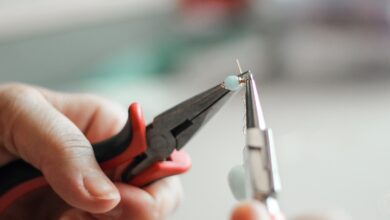
The universe is infinite, and so likley are its resources. One of the earliest thinkers of the modern space-mining is John S.

Join 5,000 jewellery professionals with a membership
Get unlimited access and stay in the know. First-year special offer pricing. Cancel any time.
You'll need to subscribe to continue.

How many members should have access to the subscription?
Monthly
Yearly
Save £9.89
No, thanks
I already have an account

The universe is infinite, and so likley are its resources. One of the earliest thinkers of the modern space-mining is John S.

